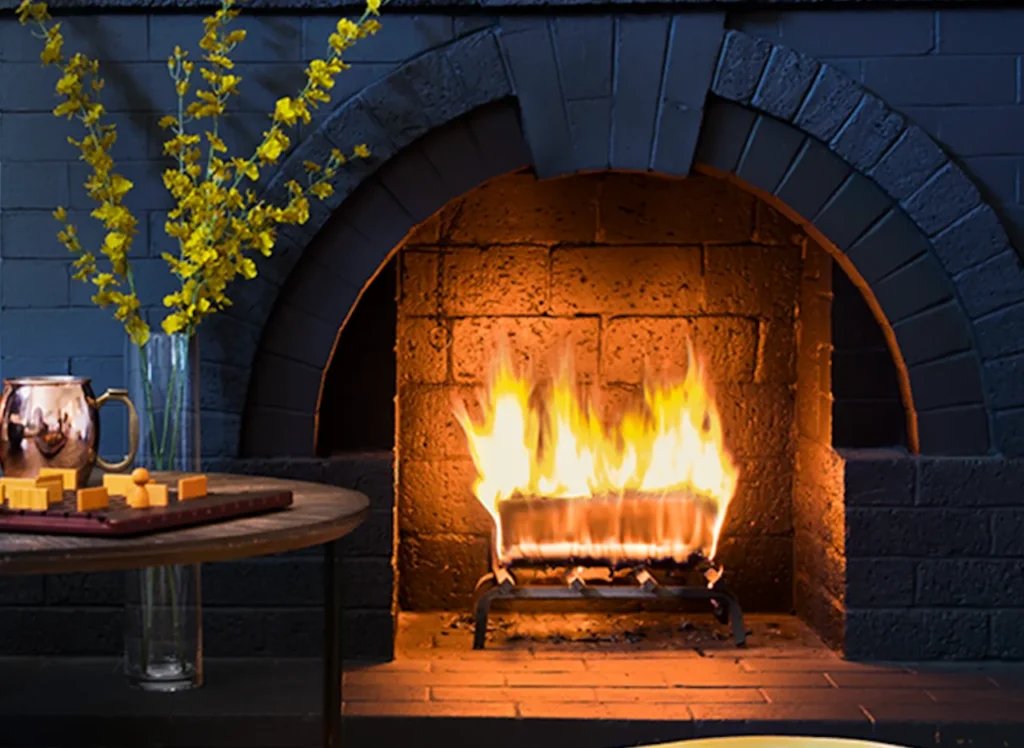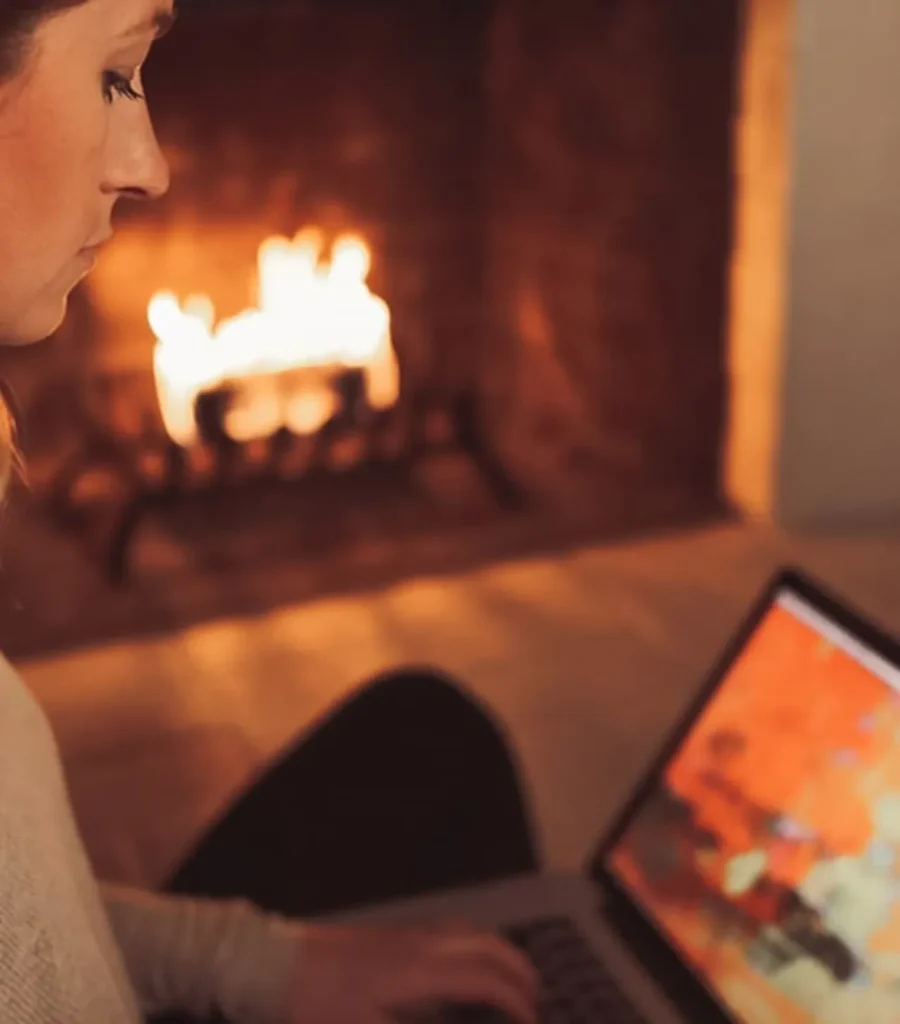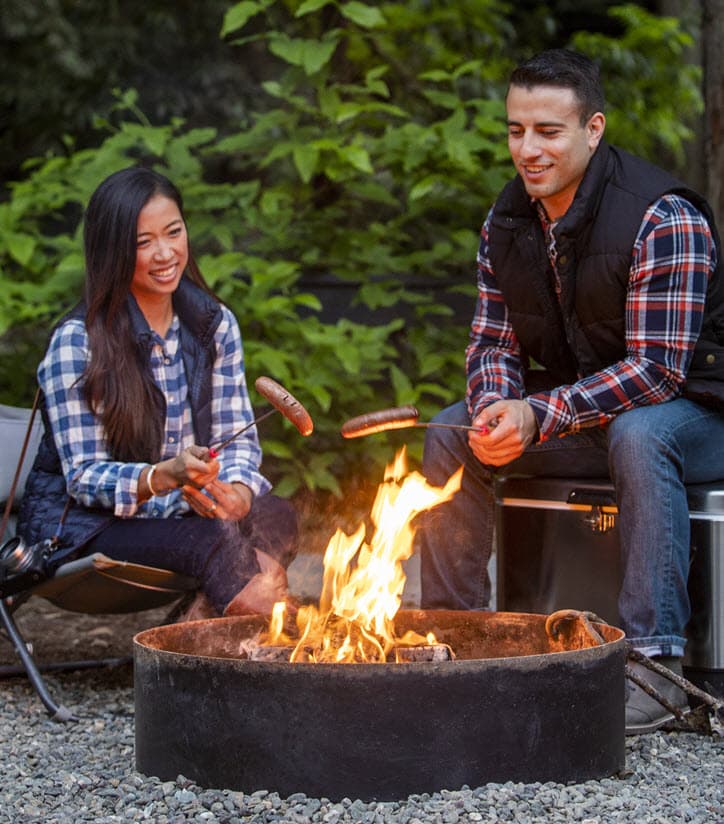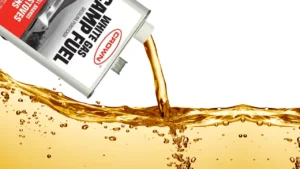Duraflame logs are one of my favorite products because you only need 1 log to make a long lasting fire and they’re compact and lightweight enough to take camping or to use at home.
That said, there are some drawbacks if you’re wondering whether they’re the right choice for you.
Duraflame logs are fantastic but some problems include that they only work in open hearth fireplaces and are safe for zero clearance manuctured ones. They also release polycyclic aromatic hydrocarbons (which regular wood does anyway) and can sometimes be very smoky.
Duraflame logs don’t smell exactly like a normal fire and they have less ambiance. Flare-ups are possible and regular firewood can sometimes be cheaper. Also, the indoor duraflame logs don’t make a crackling sound like regular wood, which can decrease ambiance slightly, but they do have crackling logs available.
Overall, I believe that duraflame logs are well worth it and I often use them. However, it’s worth checking out the potential problems.
1. They Only Work in Open Hearth and Zero Clearance Manufactured Fireplaces

According to Duraflame’s official website, their firelogs are UL (Underwriter Laboratories) classified – have been tested and considered safe for use – for open hearth and zero clearance manufactured fireplaces.
A duraflame log burns with twice the BTU (heat energy) as a normal piece of wood and using it in a fireplace without a chimney and flue or one that’s not insulated could damage it, the surrounding structures or cause excess flames and smoke as this story describes.
2. They Release Polycyclic Aromatic Hydrocarbons (PAHs)
Duraflame logs are made from sawdust, fibers, bio-wax and oils and release trace amounts of polycyclic aromatic hydrocarbons (PAHs) according to this academic study. Inhaling PAHs has been linked to breast cancer.
That said, burning regular firewood also release PAHs but the amount released varies according to the type of wood you’re burning.
This means that if you want to avoid breathing in PAHs, you’ll need to avoid burning anything at all and not enjoy any kind of campfire or fire in your fireplace.
3. They Can Sometimes Be Very Smoky
One of the reasons I love duraflame logs so much is that they burn cleanly and are considered safe to breathe in. They emit 75% less carbon monoxide, 90% fewer hazardous air pollutants and 80% fewer fine particles than normal firewood.
If you use duraflame logs according to the instructions on the packaging, you shouldn’t have issues with them smoking excessively.
However, it’s best never to leave the firelog unattended because in rare circumstances they can smoke A LOT, as the YouTube video below shows:
Duraflame logs are designed to burn slowly and consistently but the following factors can change the way they combust and make them emit an unusual amount of smoke:
- The fire conditions (e.g. using the firelog with regular firewood).
- Weather.
- Air flow.
- Chimney draught.
- Your fireplace or fire pit (using them in a wood stove or a non-zero clearance manufactured fireplace can damage it, resulting in dark smoke).
If you notice too much smoke coming from your duraflame log, extinguish it and try to figure out why it happened before using duraflame logs again.
4. Large Flare Ups Are Possible (Whilst Rare)
The beauty of duraflame logs is that they’re slow and consistent burners and usually don’t suddenly create a surge of flames for no reason.
However, there are always exceptions and large flame flare ups can occur, which is a potential downside.
The TikTok video below shows a (supposedly) Duraflame log exploding. However, I cannot confirm whether or not it was in fact a Duraflame log in the fire.
This usually only happens when:
- You burn more duraflame logs than is recommended (Duraflame states that you should only burn 1 of the indoor logs at a time but you can burn 3 of the outdoor ones at once).
- You add normal firewood to the log (I sometimes do this but I only add the wood if I need more heat output or the current duraflame log is almost done).
- You use a firestarter when lighting the duraflame log (not necessary because the wrapper gets the fire going nicely).
5. You Use Fewer Logs and There’s Less Ambiance

If you’re the kind of person who enjoys stoking a fire and adding pieces of wood to it, not being able to do this could be drawback for you.
Since duraflame logs burn so consistently, there are fewer leaping flames and monitoring the fire is more of a hands-off experience.
One duraflame log has twice the BTU rating as several pieces of firewood but on very cold evenings, it doesn’t create enough heat as a normal wood fire does.
6. Duraflame Logs Don’t Smell Like a Normal Fire
For me, there’s nothing like the smell of a slightly smoky campfire to help me have a relaxed evening. Unfortunately, because duraflame logs are clean burners (a good thing) you don’t get that classic campfire smell.
On the flip side, this could be a plus for you if you don’t like your clothes or house to smell like smoke after making a fire.
7. Regular Firewood Can Be Cheaper

Duraflame logs and regular firewood are generally the same price (assuming you use 1 duraflame log for every 3-4 pieces of normal firewood).
That said, there are times when regular firewood can actually be much cheaper than duraflame logs:
- You’ve done a lot of pruning and yard work and you have loads of cut branches, twigs and wood chips to use up in your fire. In this case, your free firewood is an outright saving.
- You’ve taken up offers of free firewood in your local community (there are always folks on Freecycle, Craigslist and Facebook Marketplace offering free wood as long as you take it away yourself).
- There has been a heavy storm and there are a lot of fallen branches that you can use for firewood.
8. The Indoor Logs Don’t Make a Crackling Sound
Another thing I LOVE about wood fires is how they make that trademark crackling sound as they burn. Unless you’re using one of the duraflame logs that do crackle (like the Crackleflame logs or the outdoor logs), you won’t have this.




